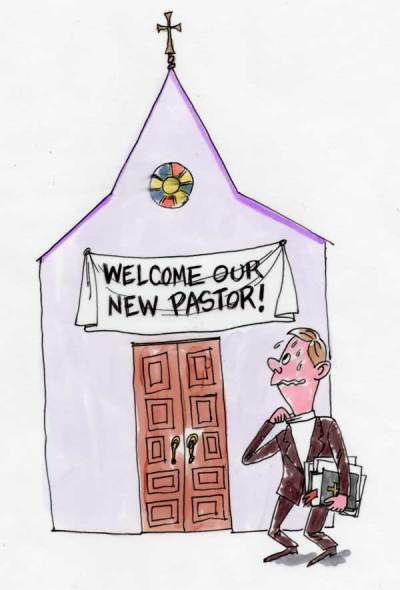The life cycle of a pastor

For almost 30 years, we have tracked the tenure of pastors. Though some of the categories are the same, the time periods and the descriptions of the periods continue to evolve. We are now in a post-pandemic, post-Christian era. The changes are significant.
Of course, these cycles are generalizations. There will always be exceptions and outliers. Here is where we see the life cycle of a pastor today.
- Honeymoon: 0 to 6 months. This era is becoming shorter and shorter. When we first started reporting the life cycle of pastors, the period lasted up to three years. It is now down to 6 months. Church members are often fearful about their church’s future. They frequently call pastors with unrealistic expectations. It does not take long before many members realize that the expectations will not be met.
- Challenges and conflict: 6 months to 4 years. The honeymoon period is shorter, and the era of challenges and conflict is longer. For two decades, this difficult period of a pastor’s tenure only lasted two years. Now the pastor can expect it to last over three years. Obviously, this period is the most common era for pastors to resign or get fired.
- Acceptance and stability: Year 4 to year 7. For many years, we referred to this stage as the growth era of a pastor’s life cycle. Until the pandemic, it was common for the pastor to lead the church to growth during this time more than any other point. Today, we simply say it’s a time of acceptance and stability after a period of conflict. Growth is not as common for churches during this era as it was in years past.
- Inflection point: Year 7 to year 10. This stage becomes the defining point for a long-term pastor. It is possible for the church to have a growth stage at this point. But it is also possible for the pastor to cease leading the church toward Great Commission growth. This reality can become pronounced if the pastor is moving toward retirement. Such is the reason we call it an inflection point: the growth and health of the church moves clearly positive or clearly negative.
- Mystery: After year 10. We still don’t have sufficient data to name this stage. And any attempt to define it seems futile because we just don’t see any consistent patterns. The efficacy of a pastor’s ministry after the 10th year of tenure remains a mystery.
If you are a pastor, or if you have observed pastors closely, I welcome your perspectives. How closely aligned do these stages match what you have seen or experienced? What are some differences in your ministry?
Let me hear from you.
Originally published at Church Answers.
Thom S. Rainer is the founder and CEO of Church Answers, an online community and resource for church leaders. Prior to founding Church Answers, Rainer served as president and CEO of LifeWay Christian Resources. Before coming to LifeWay, he served at The Southern Baptist Theological Seminary for twelve years where he was the founding dean of the Billy Graham School of Missions and Evangelism. He is a 1977 graduate of the University of Alabama and earned his Master of Divinity and Ph.D. degrees from The Southern Baptist Theological Seminary.




















